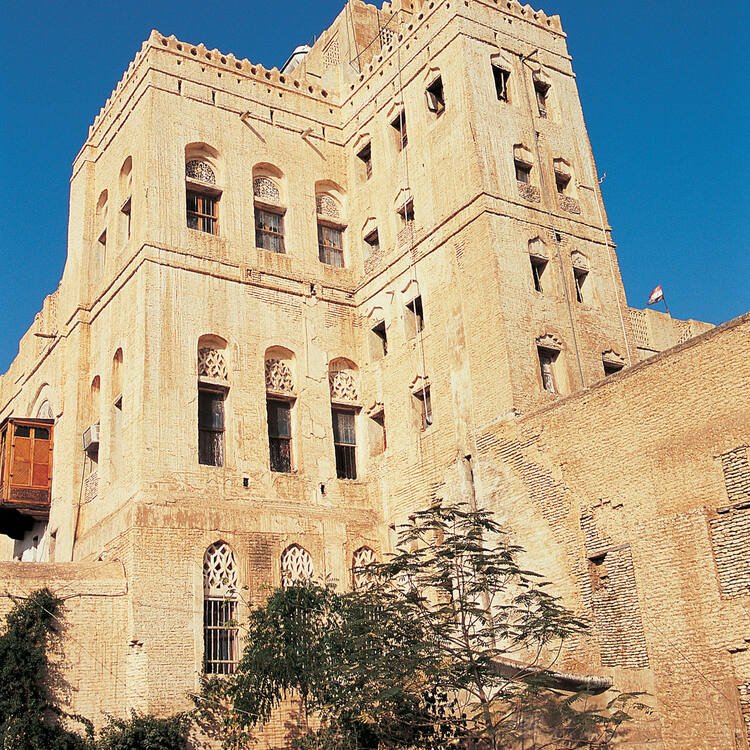UNESCO
Thorough research & useful tools with UNESCO
The List of World Heritage in Danger has a reputational challenge. Communication Foundation researched why. Our conclusions and recommendations were adopted with UNESCO. After which, CF transformed the outcomes into a practical guide with useful tips and trips for all stakeholders to find a new way forward. A clear example of repurposing outcomes and making it useful for other audiences.
What is the challenge of the LWHD?
The challenge of UNESCO’s List of World Heritage in Danger (LWHD) is a tricky one. On the one hand, when a heritage property is placed on the LWHD, coming from the ‘regular’ World Heritage List, this means extra support, monitoring and budget for properties to saveguard or restore a property.
This sounds good so far, right? But why isn’t the LWHD perceived as a tool for good? Communication Foundation found out why: It’s reputation. If a property is placed on the list, it seems as if your country can not saveguard it.

Bamiyan valley in Afghanistan ©Unesco

Historic town of Zabid Yemen ©Unesco

Iranian city of Bam ©Unesco
Qualitative & Quantitative research
Through both in-depth interviews (from Australia to Perú, from the Democratic Republic of the Congo to Germany) and an online survey in three languages, Communication Foundation gathered substantial data. The data was processed in a research report, through which CF provided its conclusions. This is called: New Visions for the List of World Heritage in Danger.
Taking stock
Internally UNESCO took the recommendations to take a new direction. One of communication - which we deem essential.
Bridging the research gap
Sharing a research report with a lot of difficult words does not do the trick. It’s all about accessible languages; making a story understandable for all. Communication Foundation took the recommendations from the report, and transformed them. Making them simpler and more to the point. So that all stakeholders can understand them.
Practical Guidebook
The recommendations became a visually appealing and well-organised practical guidebook, in English and in French. The goal is to make the LWHD easier to understand and engage with. Stakeholders, like NGOs, CSOs, governments, can take up the recommendations they deem most suitable.